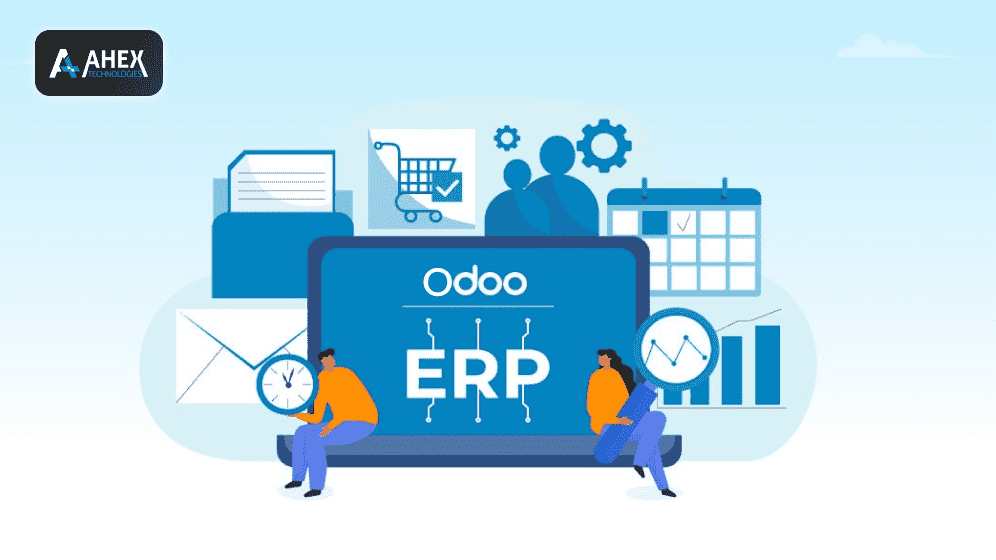
Odoo is a powerful and versatile Enterprise Resource Planning (ERP) system that can transform the way your business operates. However, successful Odoo ERP implementation requires careful planning, strategic execution, and a deep understanding of your Organization’s specific needs. In this article, we will explore the best practices for implementing Odoo ERP to ensure a smooth and successful transition.
Table of Contents
- Understanding Odoo ERP
- Setting Clear Objectives and Expectations
- Selecting the Right Modules
- Assembling a Competent Implementation Team
- Customization vs. Configuration
- Data Migration and Cleanup
- User Training and Change Management
- Testing and Quality Assurance
- Pilot Phase
- Deployment and Go-Live
- Post-Implementation Support
- Monitoring and Continuous Improvement
- Conclusion
Understanding Odoo ERP
Before embarking on an Odoo ERP implementation journey, it’s crucial to have a deep understanding of what Odoo can offer. Familiarize yourself with its modules, features, and capabilities to make informed decisions during the implementation process.
Setting Clear Objectives and Expectations
Clearly define your objectives for implementing Odoo ERP. What specific problems are you trying to solve? What improvements are you expecting? Having well-defined goals will guide your implementation strategy.
Selecting the Right Modules
Odoo offers a wide range of modules for various business functions. Select modules that align with your organization’s needs. It’s better to start with essential modules and gradually expand as your team becomes comfortable with the system.
Assembling a Competent Implementation Team
Your implementation team should consist of individuals who are well-versed in both Odoo and your business processes. This team will play a crucial role in configuring the system, providing training, and troubleshooting issues.
Customization vs. Configuration
Carefully consider whether you need customization or if configuration will suffice. Odoo allows extensive configuration without coding. Only opt for customization when it’s absolutely necessary to meet specific requirements.
Data Migration and Cleanup
Data migration from existing systems can be complex. Ensure that your data is clean, accurate, and well-structured before migrating it to Odoo. Data cleanup can save you from future headaches.
User Training and Change Management
Invest in comprehensive user training. Employees should be comfortable using Odoo to maximize its benefits. Implement change management strategies to help employees adapt to the new system smoothly.
Testing and Quality Assurance
Thoroughly test the system before deployment. Perform functional testing, integration testing, and user acceptance testing (UAT) to identify and resolve any issues. Quality assurance is critical to a successful launch.
Pilot Phase
Consider a pilot phase where a small group of users can test the system in a real-world setting. This phase helps iron out any remaining issues and builds confidence in the system’s capabilities.
Deployment and Go-Live
Plan the deployment carefully, considering data backup, system performance, and user readiness. Have a contingency plan in case of unexpected issues during the go-live phase.
Post-Implementation Support
Offer continuous support to users. Have a support team in place to address questions and issues promptly. Regularly update the system to benefit from Odoo’s improvements and security updates.
Monitoring and Continuous Improvement
Monitor the system’s performance and gather user feedback. Use this information to identify areas for improvement and enhancement. Odoo’s flexibility allows for ongoing optimization.
Conclusion
Implementing Odoo ERP is a transformative journey that can enhance your business operations and efficiency. By following these best practices, you can ensure a successful implementation from setup to sustained success. Odoo’s flexibility and robust features, combined with careful planning and execution, can lead to a more streamlined and prosperous future for your organization.







